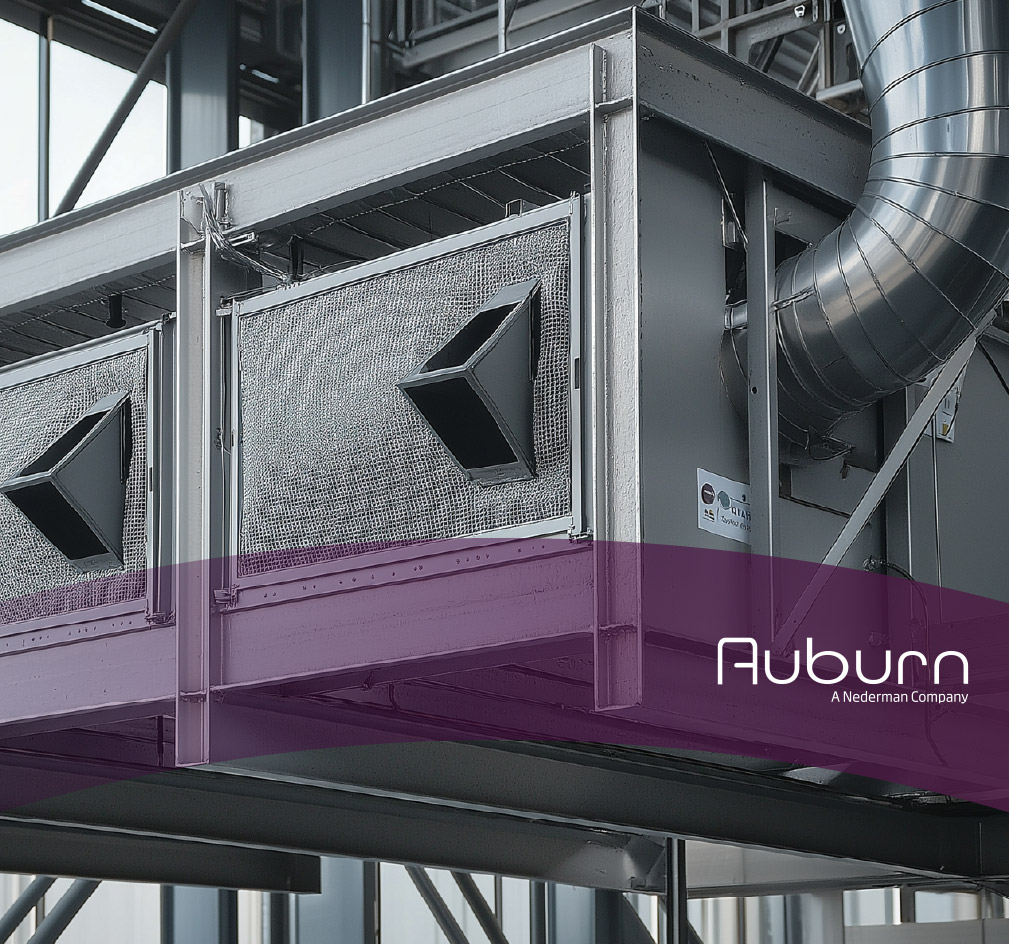Should You Recirculate Dust Collector Air? 3 Situations to Consider

by Auburn – The Particulate Monitoring Company
Industrial facilities today face a balancing act: controlling dust emissions while managing rising energy costs and tighter regulations. One option some plants consider is recirculating air from their dust collectors back into the facility instead of venting it outside.
Done right, recirculation can provide significant benefits. Done wrong, it can introduce safety hazards and compliance challenges. Below, we highlight three situations where recirculating air may make sense — and the monitoring technologies that make it possible today.
1. Cutting Energy & Climate Control Costs
Heating and cooling large industrial spaces is expensive. Recirculating conditioned air can reduce costs dramatically. For example, returning air from a 10,000 CFM system at 70°F instead of exhausting 10°F outdoor air can save thousands of dollars per month.
Modern Auburn monitoring solutions confirm that this isn’t just efficient, but also safe. Charge induction sensors provide reliable dust detection without drift, while Auburn’s intelligent baghouse controls optimize compressed air usage, reducing both energy and filter wear.
2. Simplifying Compliance Strategies
External emissions require permits, testing, and regulatory oversight. By recirculating indoors, plants may shift from EPA emissions permitting to OSHA indoor air quality compliance.
That shift isn’t easier, in fact, OSHA dust exposure limits are often stricter than EPA standards, especially for hazardous dusts like silica or metals. Auburn supports compliance with continuous bag leak detection (BLDS), alarm features, and advanced diagnostics to track that exposure remains below allowable thresholds.
3. Reducing Community & Neighbor Concerns
Even when compliant, visible emissions can spark complaints or disputes with surrounding communities. By containing emissions indoors, facilities minimize risk of litigation, bad publicity, or costly disputes.
Recirculation allows plants to maintain a strong community reputation — provided it’s supported by robust monitoring and control technologies.
The Bottom Line
Recirculating air from a dust collector offers real advantages in energy savings, compliance, and community relations. But it also comes with strict responsibilities under OSHA and NFPA 654.
With Auburn’s charge induction monitoring, intelligent BLDS, and advanced baghouse controls, facilities can safely pursue recirculation strategies while protecting workers, meeting regulations, and maintaining efficient operations.
Check in with our application experts if you want to learn more about how Auburn can support recirculation, safety, and compliance in your region.
Auburn, The Particulate Monitoring Company
sales@auburnfs.com
+1 978 927 4304